Hand Pollinating Lime Trees: How To Hand Pollinate A Lime Tree
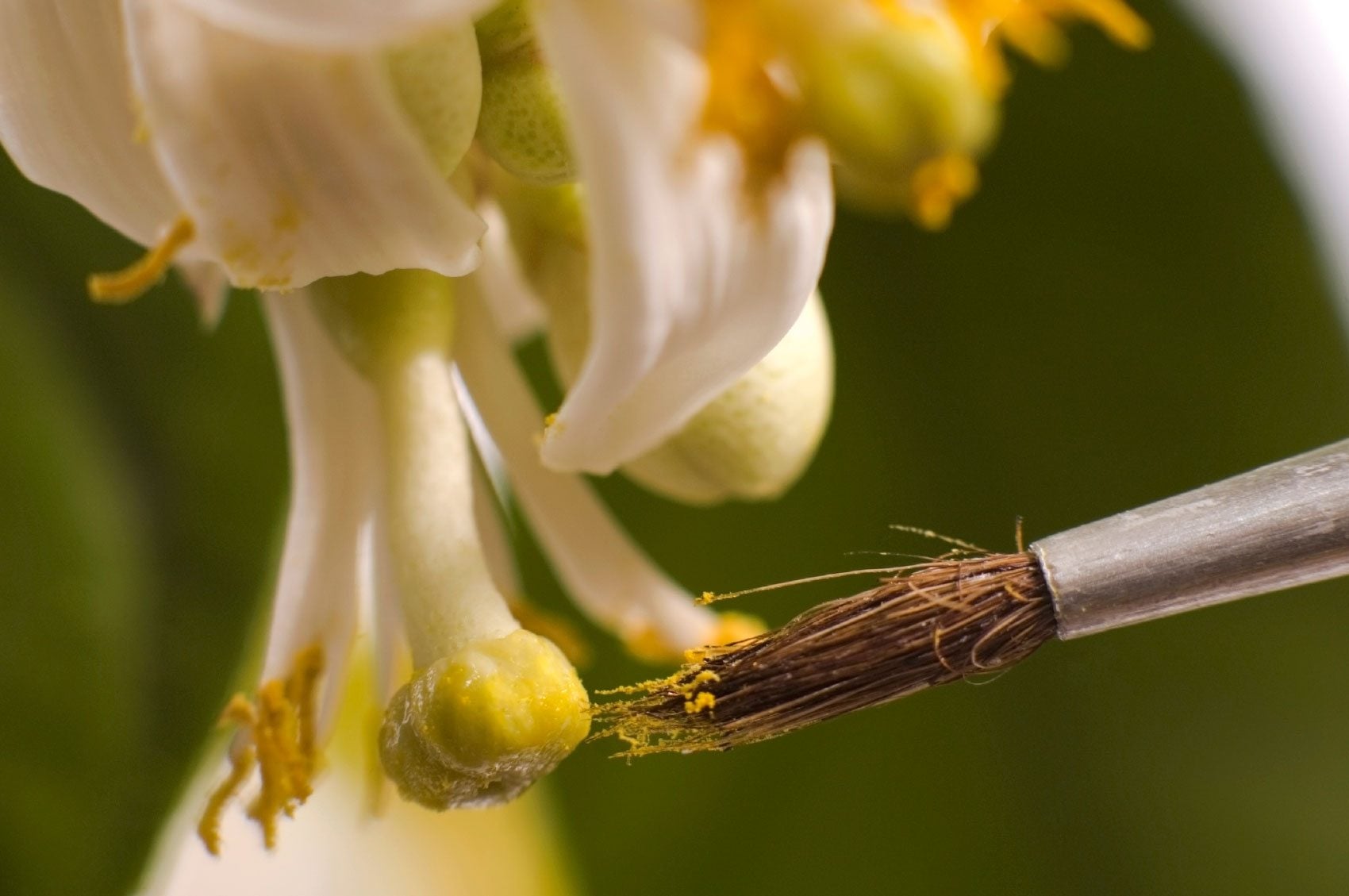
Is your lime tree less than stellar in the pollination department? If your yield is meager, perhaps you have wondered if you can hand pollinate limes? Most citrus trees are self-pollinating, but many folks in an effort to boost the bounty, resort to hand pollinating citrus. Hand pollination of lime trees is no exception.
Can You Hand Pollinate Limes?
Bees fascinate me. All summer I have been watching some big black bumblers crawl in and out of the air intake grate covering for under our house. Some days they have so much pollen hanging from them they can't crawl through the tiny hole and they flutter around looking for a larger gap. I like them so much that I don't even mind they are building a tiny Taj Mahal under the house. I respect how hard they work to keep me in fruits and veggies. I've even tried my hand at duplicating their busy work by hand pollinating citrus. It's tedious and makes me admire the bees all the more. I digress a bit, but yes, of course hand pollination of lime trees is very possible.
How to Hand Pollinate a Lime Tree
Generally, citrus grown indoors does not need hand pollinating, but as mentioned, some people choose to do so to increase the yield. To understand exactly how to hand pollinate, it's a good idea to understand how bees do this naturally in order to replicate the process. Pollen is located in the anthers (male) which appear as amber colored sacs. The pollen grains need to be transferred to the stigma (female) at just the right time. Think grade school “birds and bees” lecture from the parents. In other words, the anther must be ripe with mature pollen and the stigma receptive as the same time. The stigma is situated in the center surrounded by pollen laden anthers waiting for the transfer of pollen. If you want to increase your citrus yield, you can put your plants outdoors and let the bees do the work, or if the weather isn't cooperating, do it yourself. First, you will need a very delicate, tiny paint brush ideally, or a cotton swab, pencil eraser, feather, or your finger as a last resort. Gently touch the pollen laden anthers to the stigma, transferring the pollen grains. Hopefully, your result will be that the ovaries of the pollinated flowers swell, which is an indication of fruit production. It's as simple as that, but a bit boring and will really make you appreciate the industrious bees!
Gardening tips, videos, info and more delivered right to your inbox!
Sign up for the Gardening Know How newsletter today and receive a free copy of our e-book "How to Grow Delicious Tomatoes".

Amy Grant has been gardening for 30 years and writing for 15. A professional chef and caterer, Amy's area of expertise is culinary gardening.
-
 Looking For Plants To Give You The Soft And Fuzzies? Try These 5 Fuzzy Leaf Plant Options
Looking For Plants To Give You The Soft And Fuzzies? Try These 5 Fuzzy Leaf Plant OptionsLovers of texture, drama, silver foliage and tactile plants will adore these special sensory garden additions. These fuzzy leaf plant options will leave you all aglow
By Susan Albert
-
 Get Ready For A Summer Of Hummers! Grow These Full Sun Hummingbird Plants and Flowers
Get Ready For A Summer Of Hummers! Grow These Full Sun Hummingbird Plants and FlowersIf you’re lucky enough to enjoy a sunny backyard, make sure you are maxing out on your pollinator opportunities and grow these full sun hummingbird plants and flowers
By Tonya Barnett
-
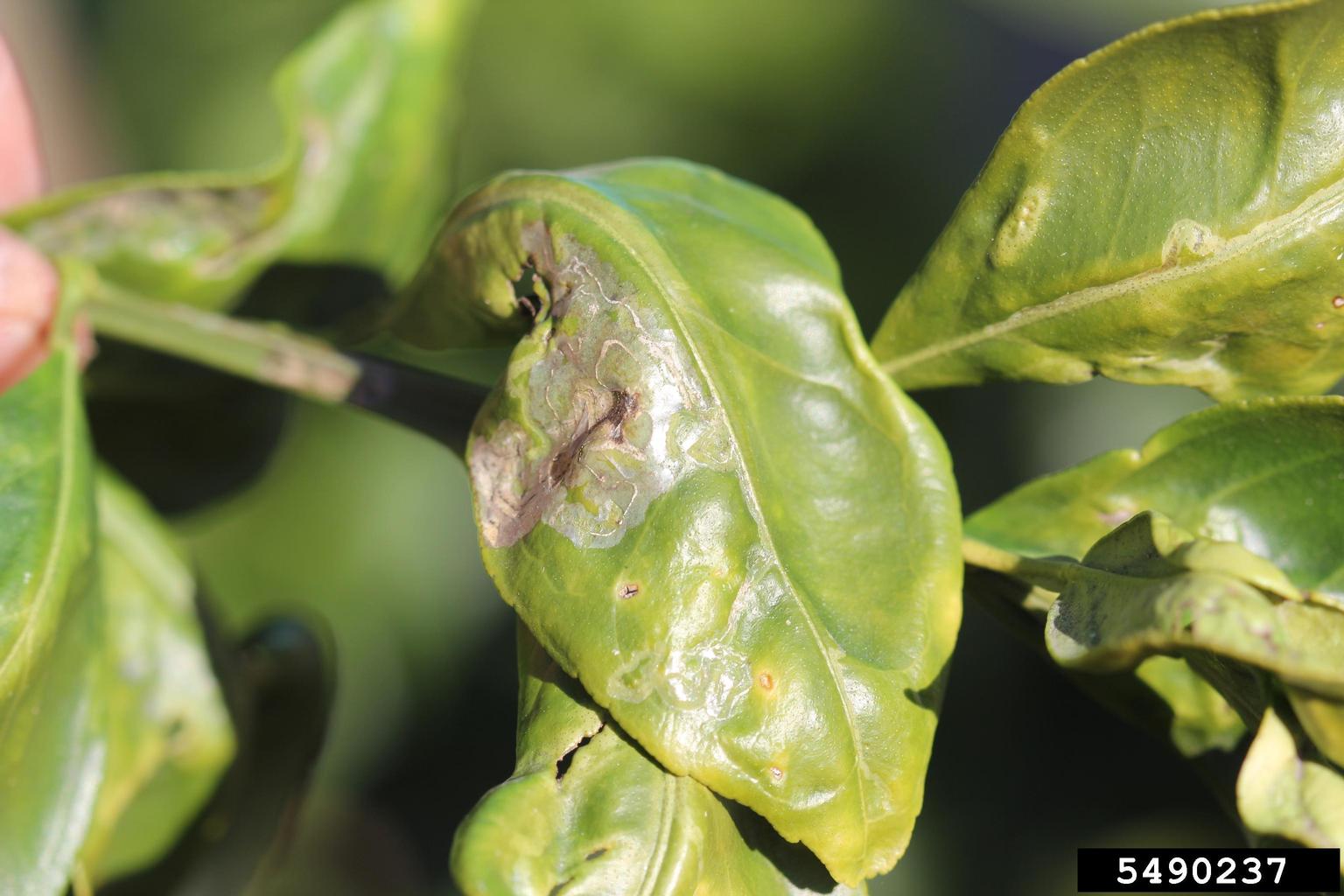 Lime Tree Leaf Curl: What Causes Curling Leaves On Lime Trees
Lime Tree Leaf Curl: What Causes Curling Leaves On Lime TreesYour lime leaves are curling and you have no idea where to start treating them. Have no fear, there are many innocent causes of leaf curl on lime trees. Learn what to look for and how to handle common lime tree leaf curl problems in this article.
By Kristi Waterworth
-
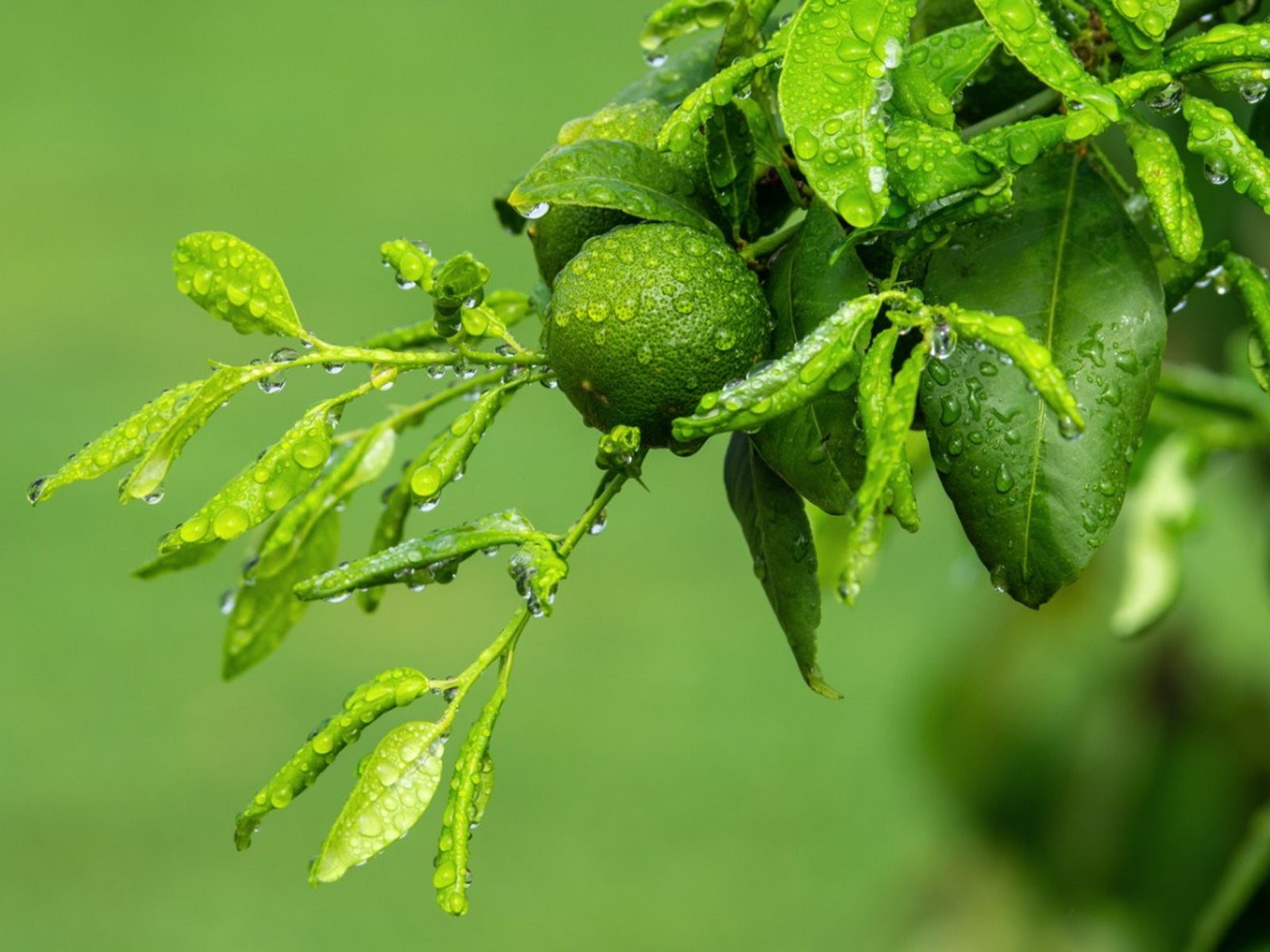 Fertilizing Lime Trees – Learn How To Fertilize A Lime Tree
Fertilizing Lime Trees – Learn How To Fertilize A Lime TreeGot a lime tree? Wondering how to fertilize your lime tree? Lime trees, like all citrus, are heavy feeders and, therefore, need supplemental fertilizer. But the question is, when do you fertilize lime trees? Click here and find out in this article.
By Amy Grant
-
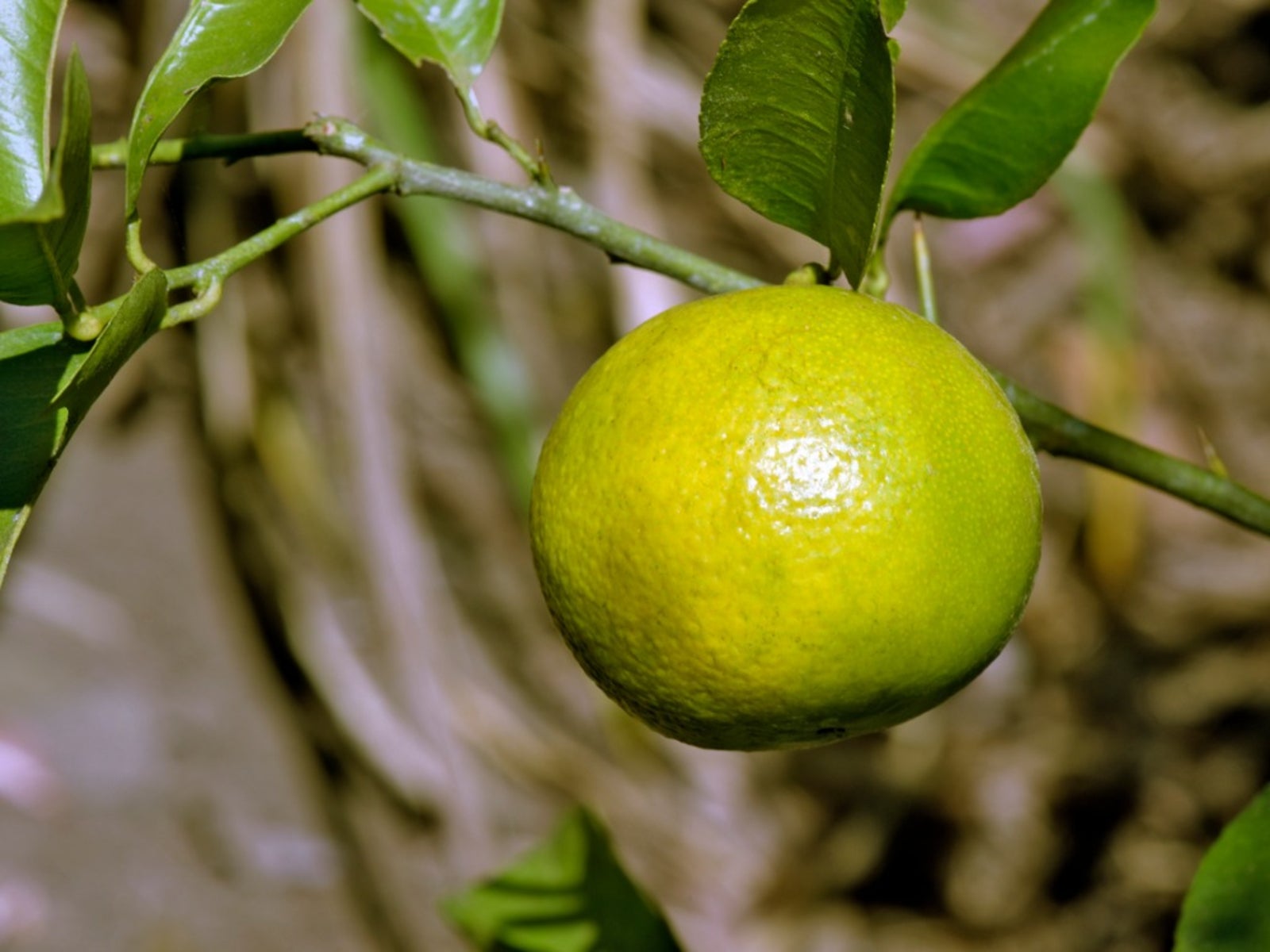 Sweet Lime Varieties – Sweet Lime Tree Growing And Care
Sweet Lime Varieties – Sweet Lime Tree Growing And CareThere's a new citrus on the block! Okay, it isn't new, but fairly obscure in the United States. We're talking sweet limes. Yes, a lime that is less tart and more on the sweet side. Intrigued? This article contains additional information.
By Amy Grant
-
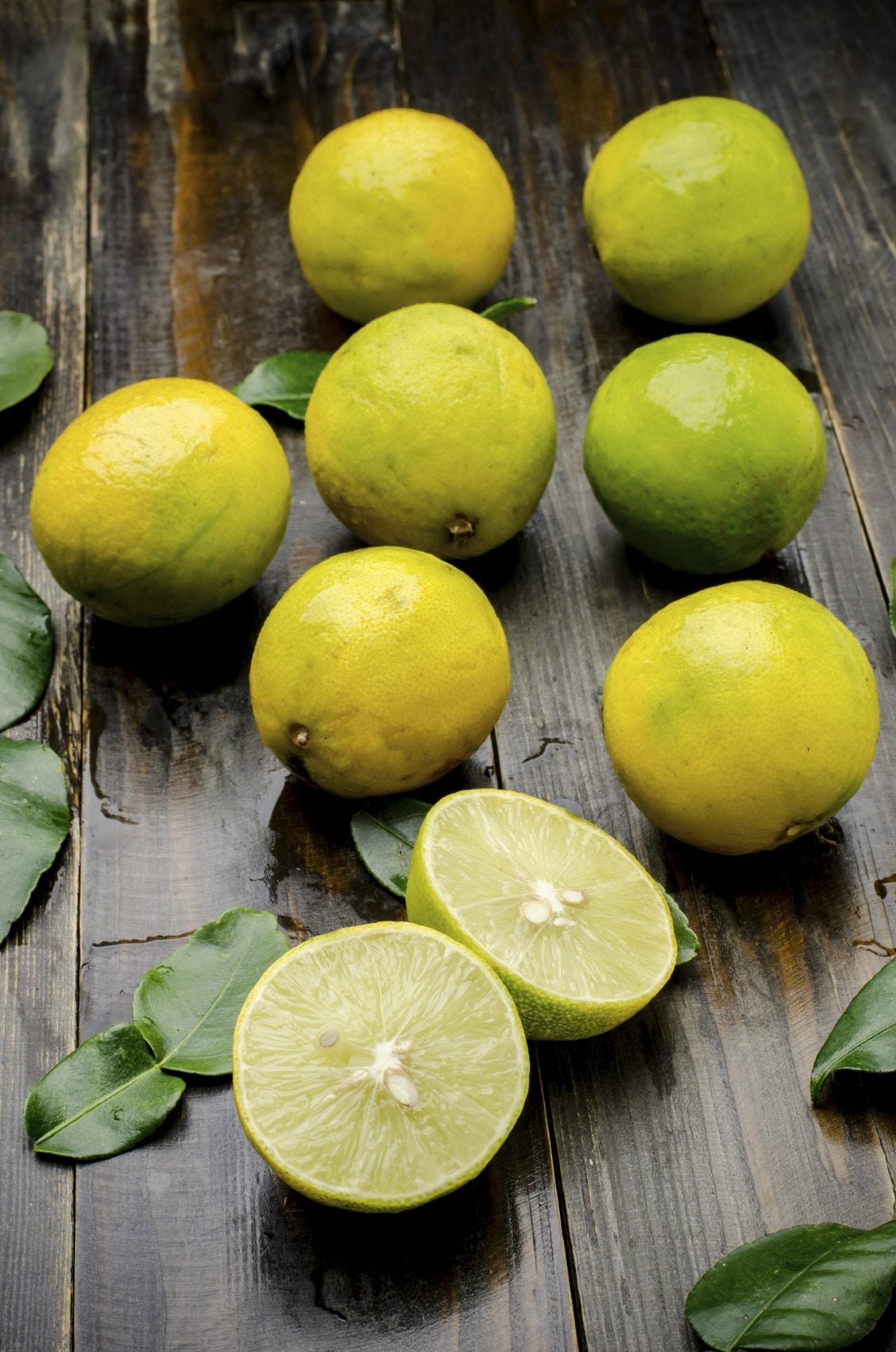 Are Yellow Limes Bad: What To Do With Yellow Limes
Are Yellow Limes Bad: What To Do With Yellow LimesWhen we purchase limes, they are generally fairly firm but with a slight give and uniformly green in color. What happens if you encounter limes with yellow skin though? Are yellow limes bad? Click here to learn more.
By Amy Grant
-
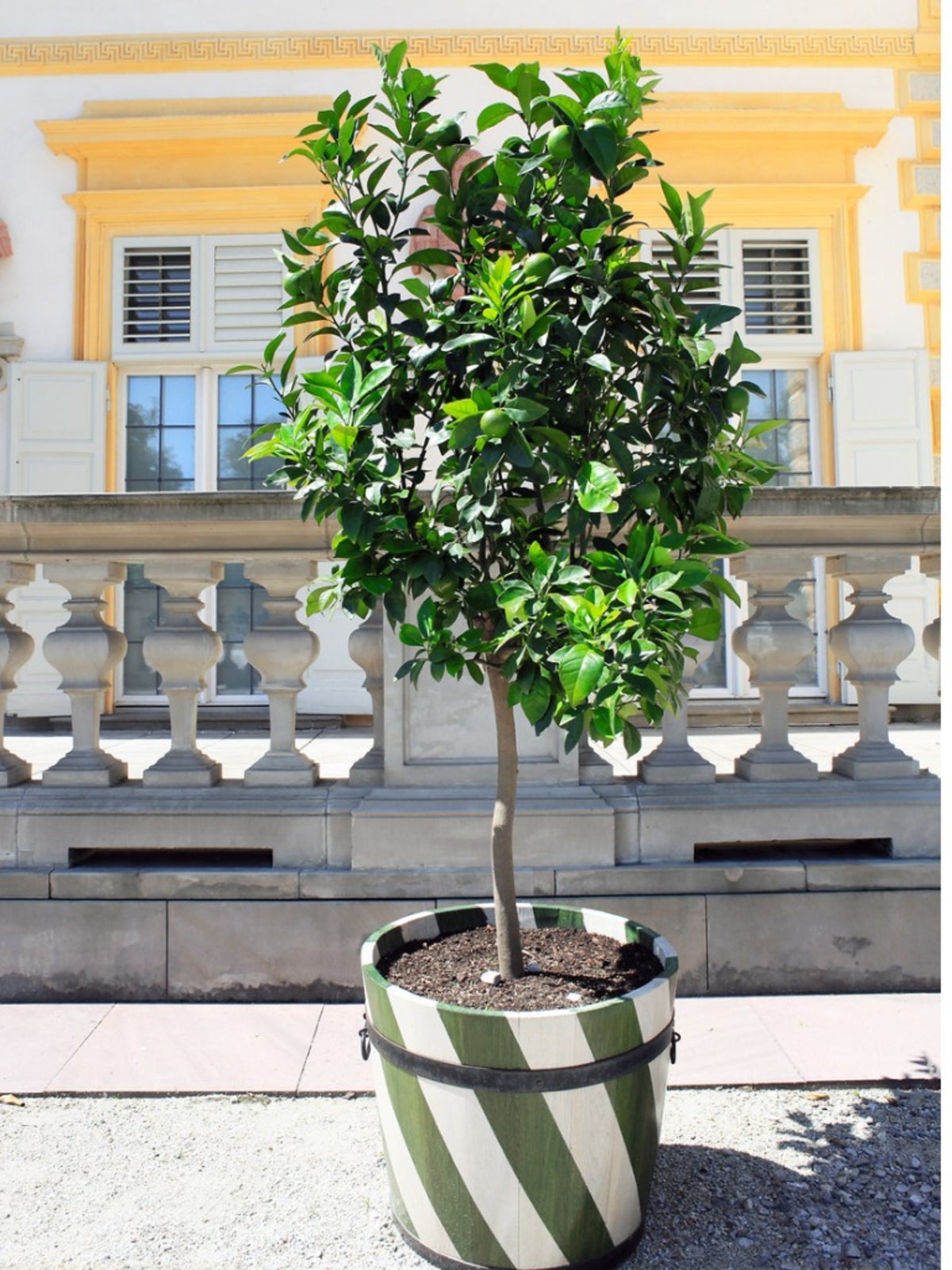 Potted Lime Trees: Caring For Container Grown Lime Trees
Potted Lime Trees: Caring For Container Grown Lime TreesGrowing lime trees in pots have the advantage of ease of movement and protection from cold. The information in this article will help with growing a potted lime tree. Click here to learn more.
By Amy Grant
-
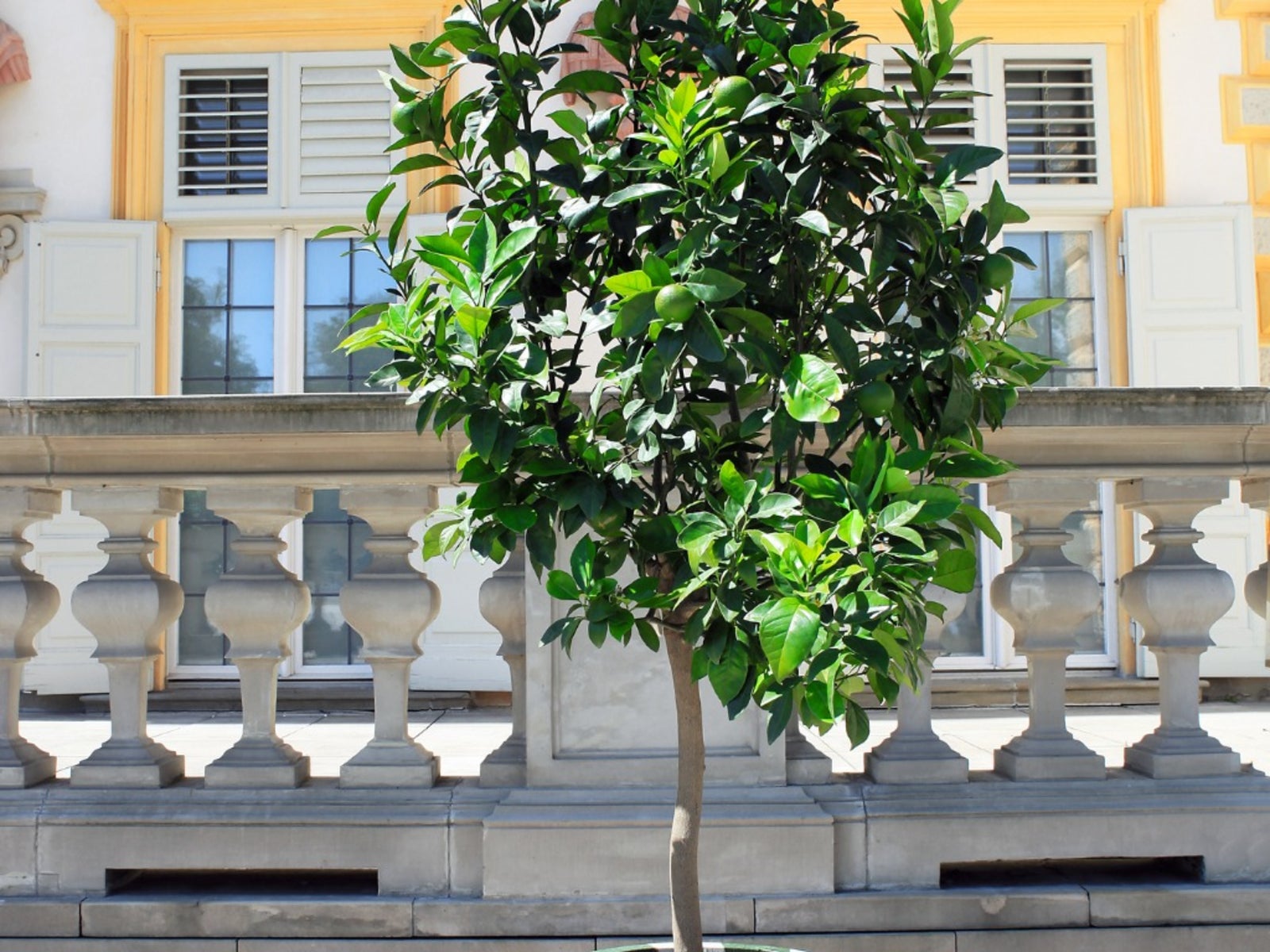 Watering Limes: How Much Water Do Lime Trees Need In Containers
Watering Limes: How Much Water Do Lime Trees Need In ContainersPlanting limes in pots will enable you to move them around more easily and grow them in cooler climates - but watering is crucial. How much water will these lime trees need? Read this article to find out.
By Amy Grant
-
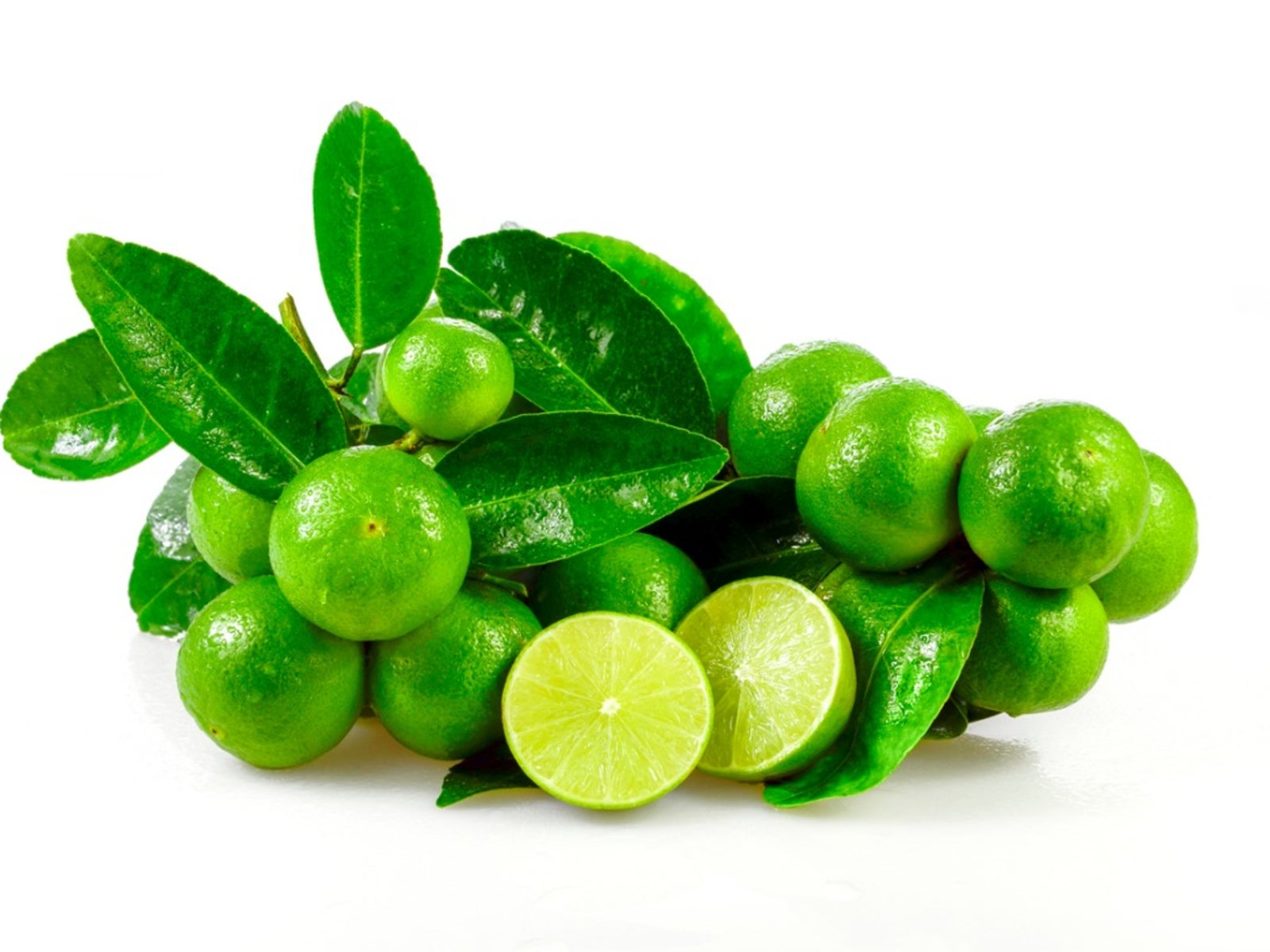 Mexican Key Lime Tree Information: Tips For Growing Key Limes
Mexican Key Lime Tree Information: Tips For Growing Key LimesAlmost anyone can grow Mexican key lime trees if you have the right information. Take a look at the growth and care of key lime trees in the following article and see if this lime tree variety is right for you.
By Gardening Know How
-
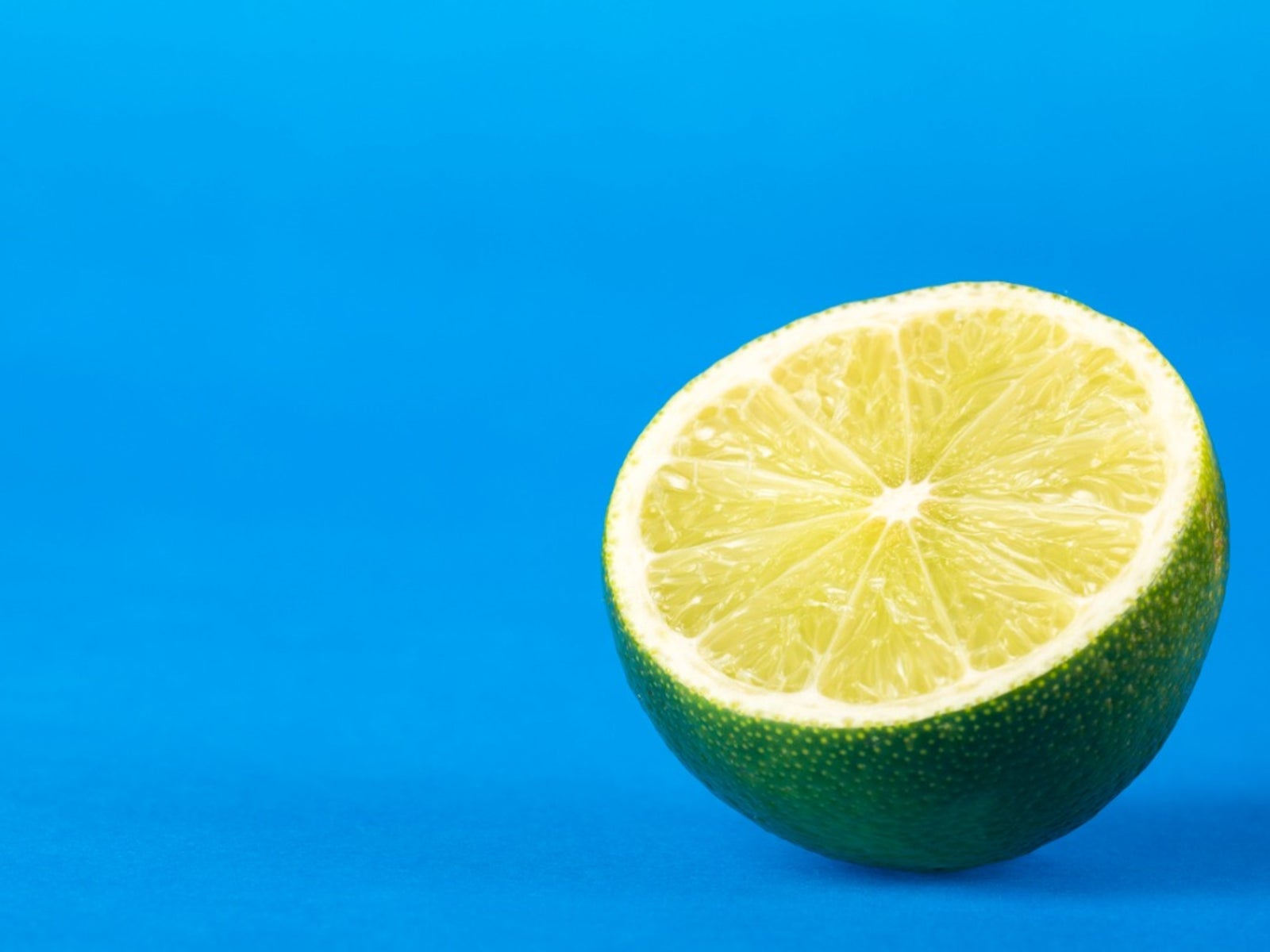 Persian Lime Care - How To Grow A Tahiti Persian Lime Tree
Persian Lime Care - How To Grow A Tahiti Persian Lime TreeThe Tahiti Persian lime tree is a bit of a mystery. Sure, it's a producer of lime green citrus fruit, but what else do we know about this member of the family Rutaceae? Find out about growing Tahiti Persian limes here.
By Amy Grant